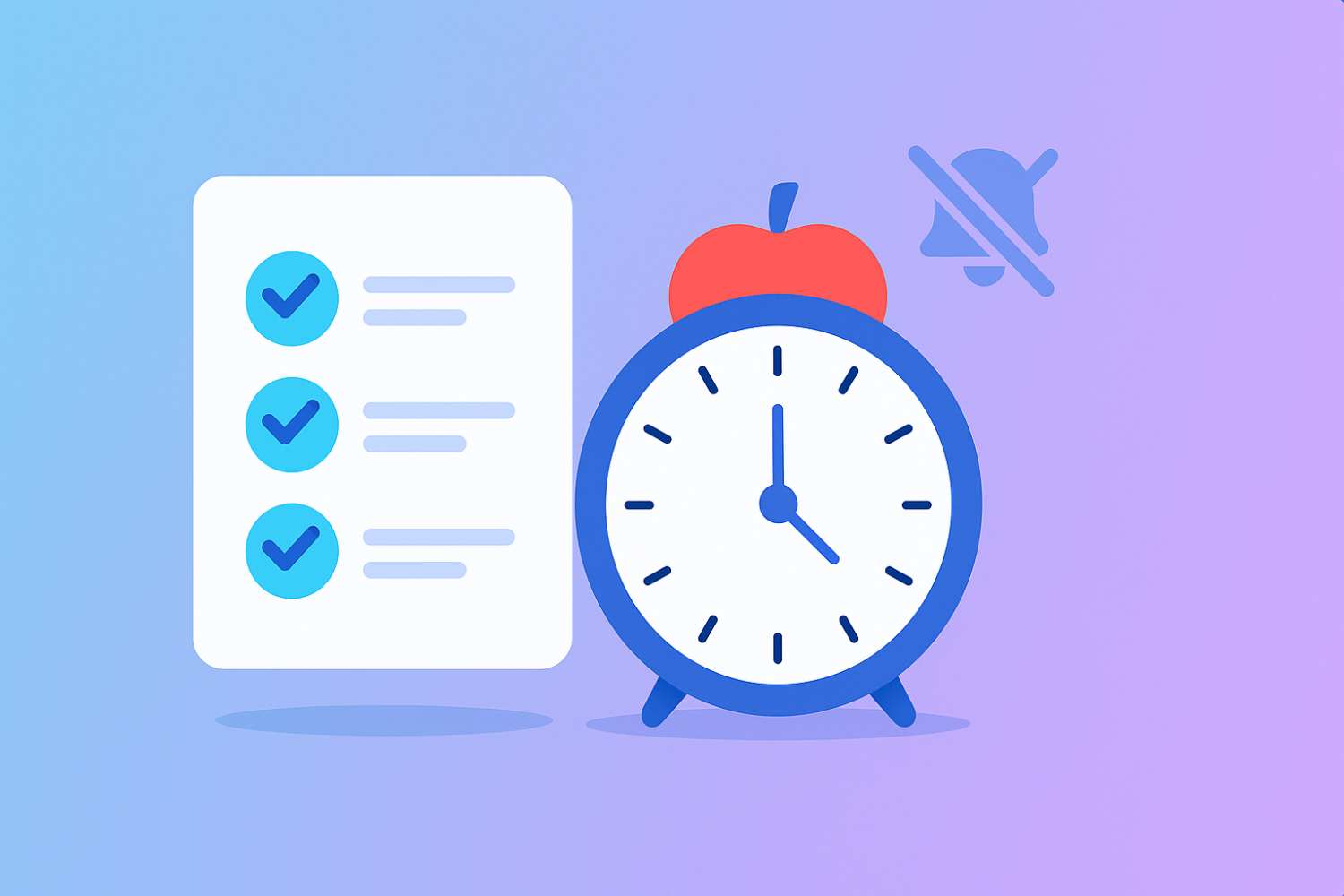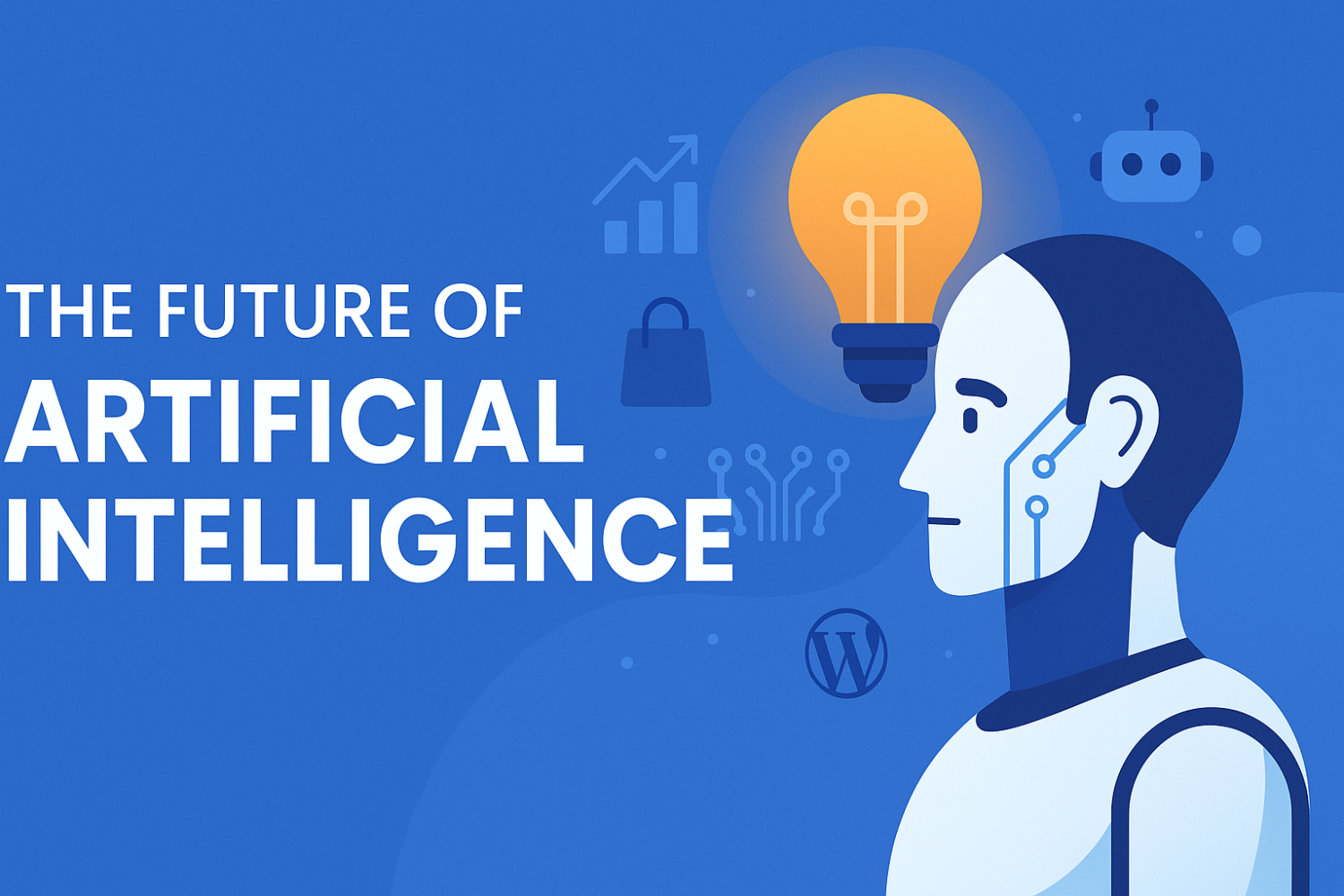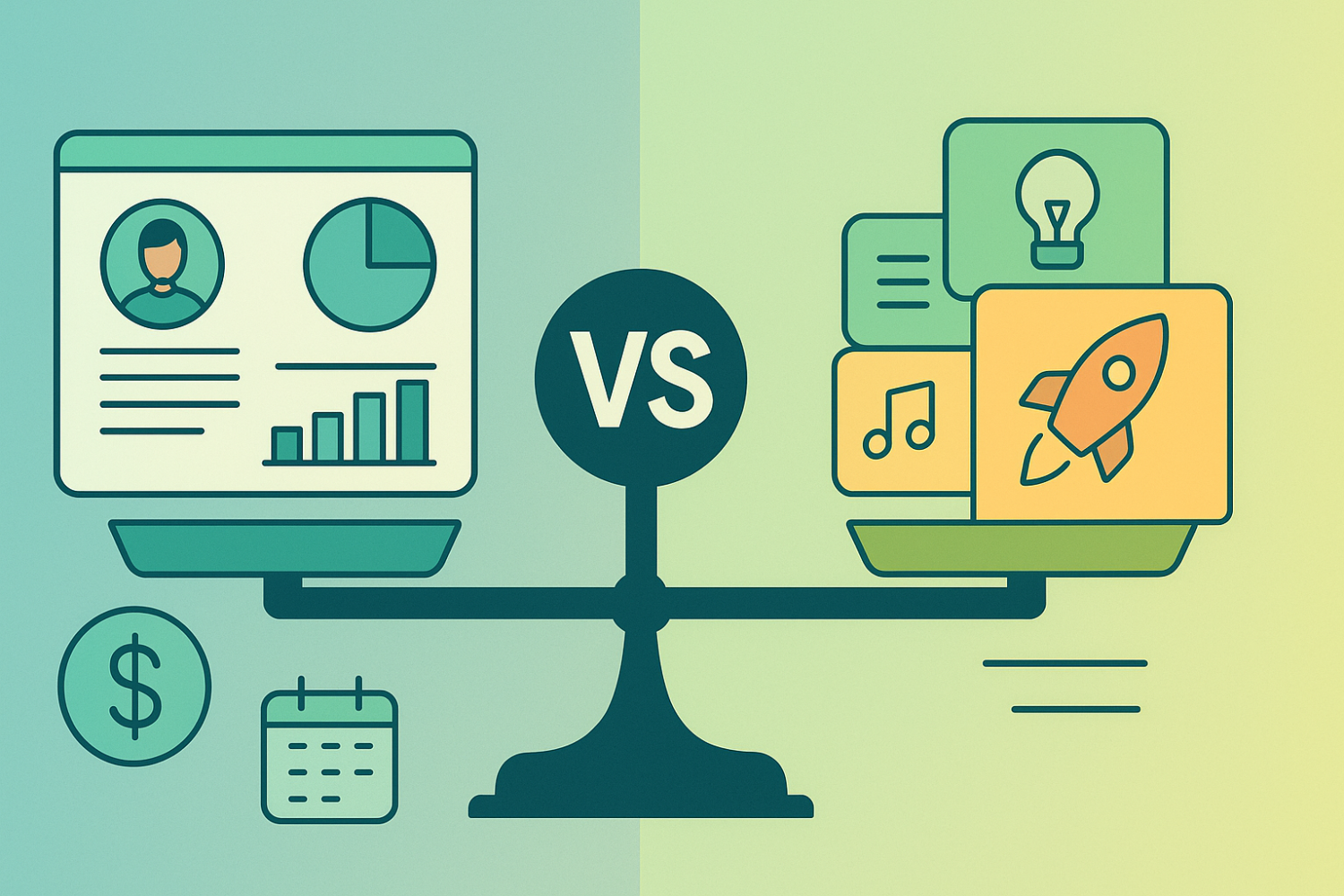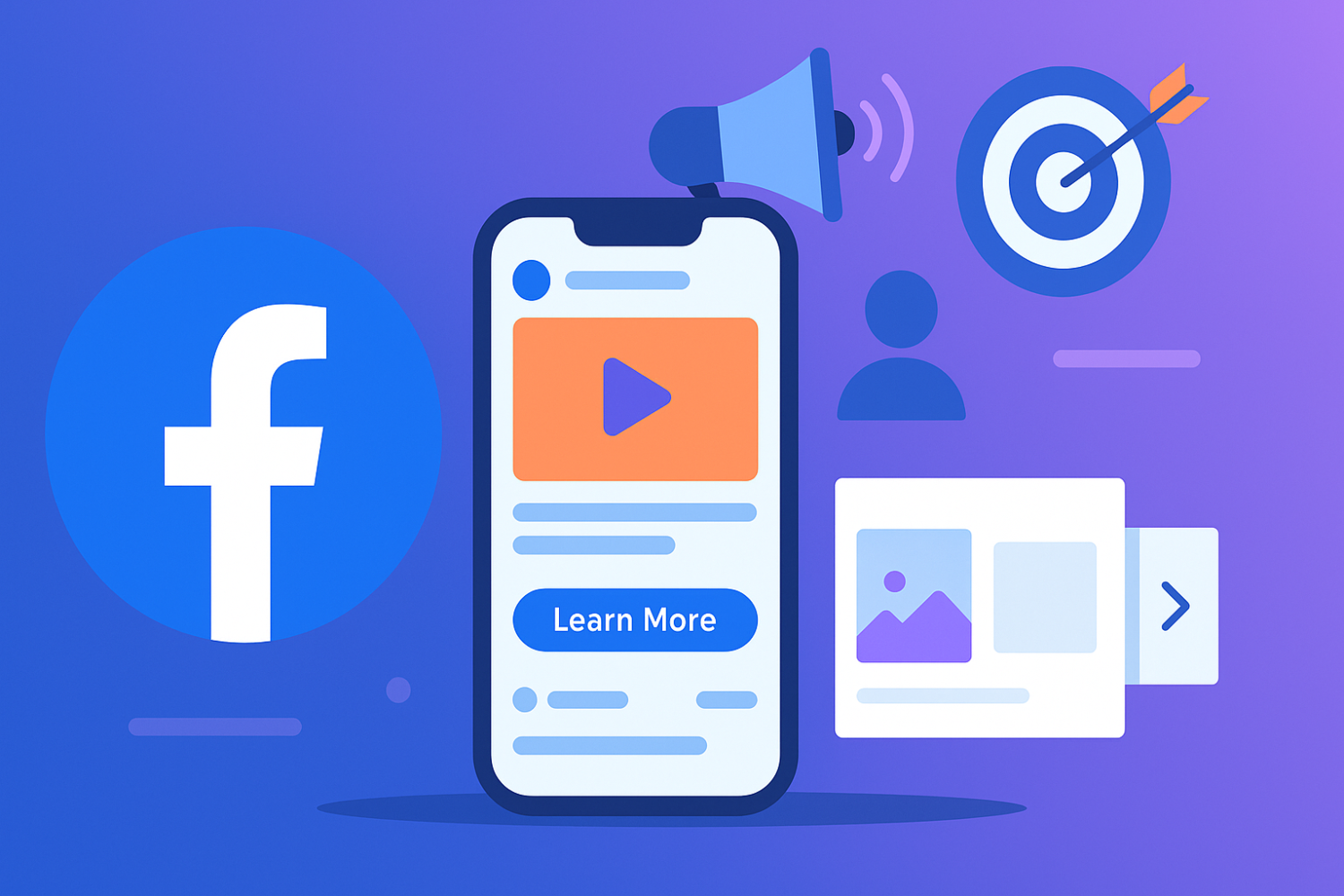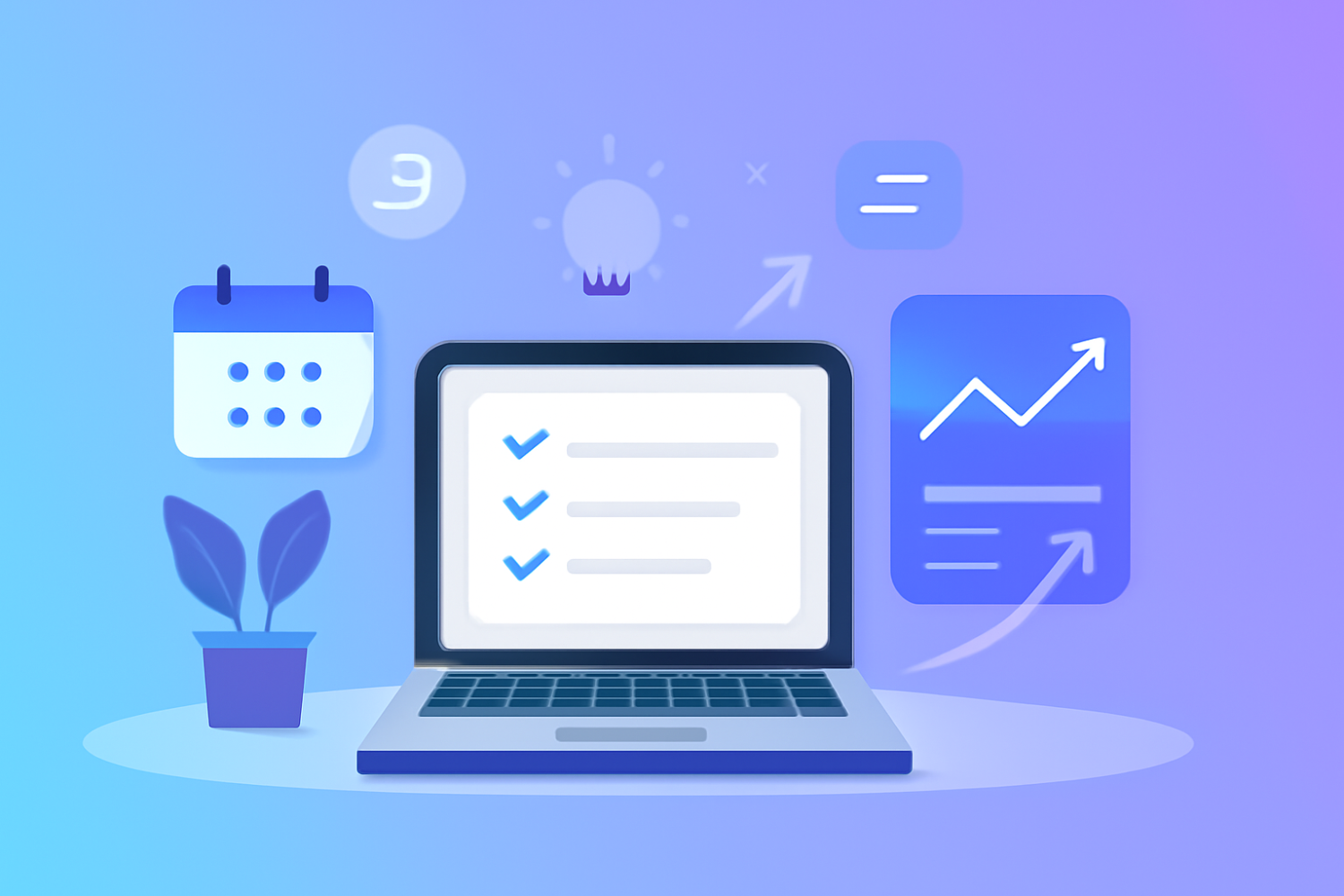Beginner-Friendly On-Page SEO Hacks to Boost Your Website's Google Visibility
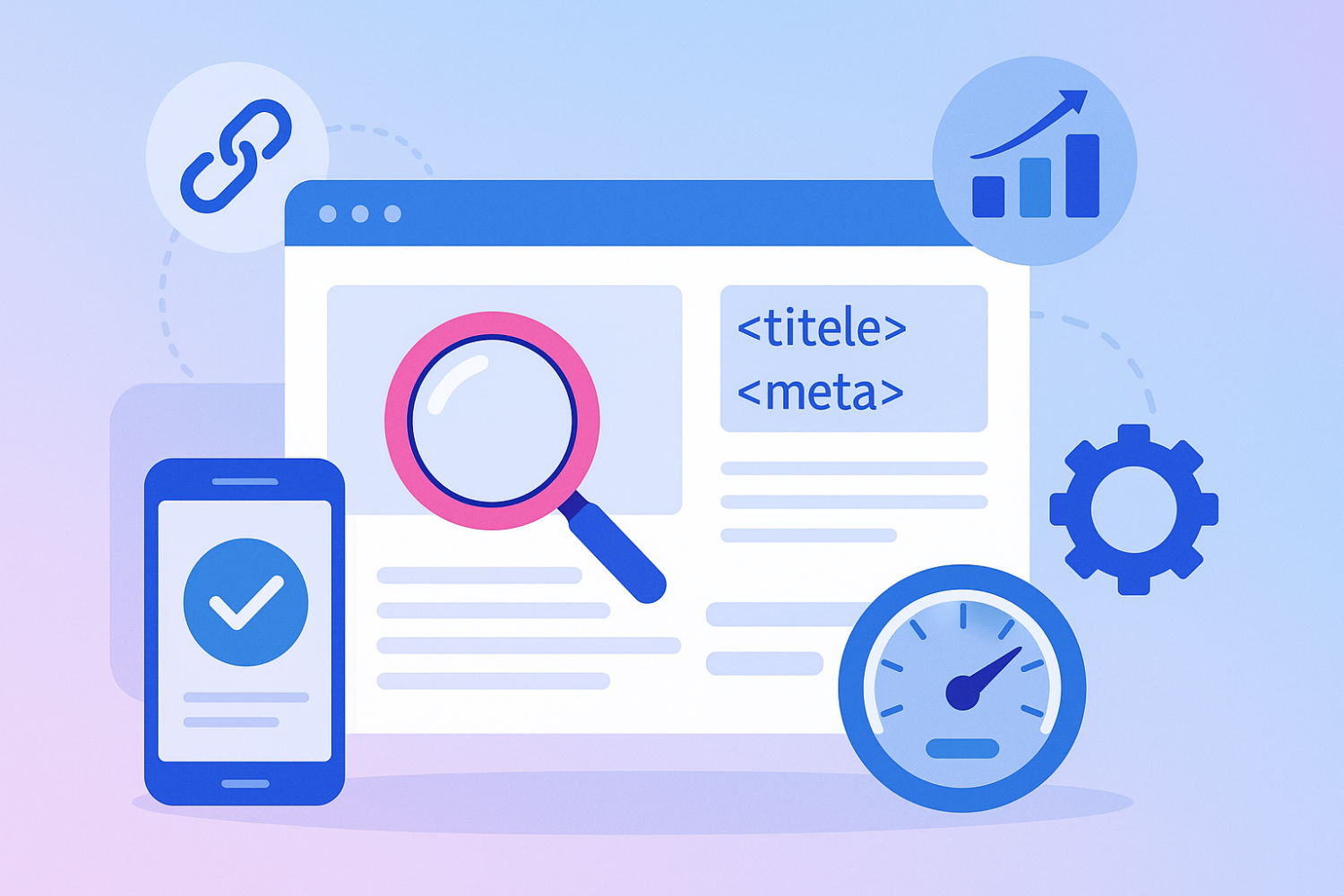
Understanding On-Page SEO
On-page SEO refers to the various elements and strategies used directly on a website to improve its search engine visibility and increase organic traffic. It encompasses a wide array of practices, including the optimization of content, meta tags, and the overall user experience. By focusing on these aspects, a website can significantly enhance its chances of ranking higher in search engine results pages (SERPs), which is crucial for attracting visitors.
At the core of on-page SEO is content optimization. This involves ensuring that the website's content is relevant, valuable, and coherent, addressing the needs of the target audience. Quality content that incorporates appropriate keywords in a natural manner not only helps to inform readers but also signals to search engines the topic's relevance, thereby aiding in achieving higher rankings. Therefore, utilizing effective SEO tips for beginners is essential for content creators aiming to boost their Google rankings.
Another critical component of on-page SEO is meta tag optimization. Meta tags, such as title tags and meta descriptions, provide concise information about the web page's content to search engines and users alike. Properly crafted meta tags enhance click-through rates by providing clear, engaging summaries of the page, which can significantly improve visibility in search results. Implementing correct formatting and keyword placement in these tags can contribute to more effective website optimization.
The user experience also plays a pivotal role in on-page SEO. Websites that provide clean navigation, quick loading times, and mobile-friendliness tend to retain users longer and reduce bounce rates, which are favorable indicators for search engine algorithms. It is imperative for website owners to prioritize these elements to create an environment conducive to both user engagement and search engine optimization.
In conclusion, understanding the fundamentals of on-page SEO, including content optimization, meta tag optimization, and user experience, is vital for any website looking to boost its visibility and performance in search engines. By employing these strategies effectively, website owners can set a strong foundation for achieving long-term success in the digital landscape.
Optimizing Meta Tags for Better Visibility
Meta tags play a crucial role in on-page SEO, serving as brief snippets that provide search engines and users with essential information about a webpage. They influence how your website appears in search results, directly impacting its visibility and click-through rates. The two primary types of meta tags that require your attention are title tags and meta descriptions. Both are integral to website optimization strategies and have unique functions in enhancing your site's search engine performance.
The title tag is the first impression users have of your webpage, as it appears as the clickable headline in search results. It is vital to ensure that your title tags are clear, concise, and incorporate relevant keywords. A well-crafted title, ideally encompassing 50 to 60 characters, helps attract users' attention while also aiding search engines to comprehend the content of the page. Avoid vague titles; instead, focus on describing the content effectively while implementing SEO tips for beginners.
Similarly, the meta description offers a summarized glimpse of your page's content. Although it does not directly influence search rankings, an engaging meta description can significantly boost click-through rates, as it serves as a marketing pitch for your webpage. Optimal length for meta descriptions is typically between 150 to 160 characters. Utilize strong action verbs and incorporate the primary focus keyword to enhance its relevance to searchers’ queries.
Implementing meta tag optimization involves continuous monitoring and updating to align with best practices. Integrating high-performing keywords naturally within your tags can assist in boosting Google rankings. Additionally, utilizing tools like Google Search Console can help you analyze how your meta tags perform and reveal areas needing improvement. Thus, understanding the importance of meta tags and applying these SEO hacks can dramatically enhance your website's visibility on search engines, catering even to individuals with minimal technical knowledge.
Improving Site Speed and Mobile Optimization
In the realm of on-page SEO, two critical factors that can significantly influence your website's visibility on Google are site speed and mobile optimization. Search engines like Google prioritize user experience, and a slow-loading site can deter visitors, ultimately leading to a higher bounce rate and reduced rankings. According to studies, users expect a site to load within three seconds; if it takes longer, the likelihood of users leaving increases dramatically. Therefore, improving site speed is an essential aspect of effective website optimization.
One of the most effective methods to boost your site's loading time is through image compression. High-resolution images, while visually appealing, often dominate the space and increase loading times. By using tools to optimize your images without sacrificing quality, you can significantly reduce load times, which enhances the overall user experience. Additionally, enabling browser caching allows frequently visited pages to load faster by storing some data locally on the user’s device, thus minimizing server requests upon subsequent visits.
Equally important is the need to ensure your website is mobile-friendly. With an increasing number of users accessing the internet via mobile devices, optimizing your website for mobile is no longer optional—it's a necessity. Implementing responsive design ensures that your site adjusts seamlessly to various screen sizes, providing users with a consistent experience across devices. Furthermore, testing your website using Google's Mobile-Friendly Test can pinpoint and rectify areas that may hinder mobile usability.
Incorporating these essential SEO tips for beginners—enhancing site speed and ensuring mobile optimization—will not only improve user engagement but also contribute positively to your site’s rankings in Google. By investing time in these on-page SEO hacks, you effectively position your website to cater to the ever-growing mobile user base and foster better visibility in search results.
Enhancing Internal Linking Strategies
Internal linking is a vital component of on-page SEO that can significantly enhance the overall website optimization strategy. By establishing a network of links within your own website, you help search engines better understand the structure of your content and the relationships between different pages. This not only aids in indexing but also ensures that visitors can navigate your site more easily, improving the overall user experience.
One fundamental strategy in effective internal linking is the use of keyword-rich anchor text. Instead of using generic phrases like "click here," consider incorporating relevant keywords that accurately describe the linked content. This practice not only helps search engines discern context but also reinforces to users what they can expect when they follow the link. For example, linking to a blog post about "SEO tips for beginners" using that exact phrase as the anchor text gives clarity and relevance both for users and search engines.
Another important tactic is ensuring that your internal links direct users to related content. By linking pages that share a common theme or topic, you can guide visitors through a journey of information, thus increasing the time spent on your site. This connected web of content also signals to search engines the importance of certain pages, potentially boosting Google rankings for highly relevant articles.
To implement these strategies effectively, begin by evaluating and updating older content on your website to include internal links. Additionally, consider creating a content map that outlines your website structure. This can help identify opportunities for linking content together, ultimately enhancing your overall SEO efforts without necessitating advanced skills.
